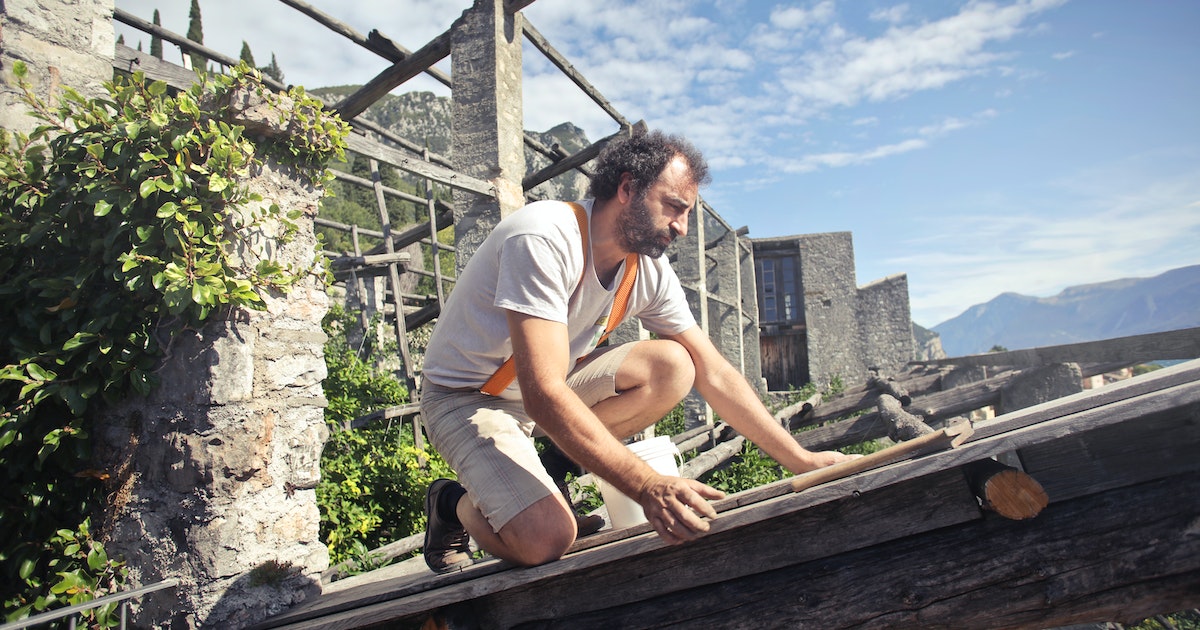To be a successful homeowner, you do not need a contractor’s knowledge. However, when standard house maintenance and repair difficulties arise, you should have a few simple ideas.

This is especially true in the case of roofing Because the average shingle roof is only projected to last roughly 20 years, learning how to maintain your present roof, patch small leaks, and when to hire a professional can save you money while also protecting your home and the items it covers.
Here are 12 roof repair suggestions that every homeowner should be aware of.
1. Recognize when to seek professional assistance.
Today, everyone wants to do their own thing, which can be wonderful. Small renovations you complete can save you a lot of money and offer you well-deserved satisfaction in your home.
With the abundance of online knowledge, including how-to articles and videos, even undertakings like roofing repairs may be doable by the average homeowner. However, be cautious while attempting to DIY every roof problem.
Some jobs should be left to professionals, and you should be aware of your limitations. If any of the following scenarios sound familiar, contact a professional roofer:
- Your roof has an extremely steep slope.
- Your roof comprises tiles, stone, or other breakable materials that can split when stepped on.
- If you are concerned about accessing your roof or performing repairs.
- If you’re unsure about the repairs and are afraid to try them yourself.
- If there is extensive damage, severe leaking, regular leaking, or leaks that are difficult to locate.
2. Understand when it is appropriate to fix and when to replace it.
Small areas of damage, such as a few loose shingles or minor leaks, are frequently managed by homeowners. However, all roofs must be replaced at some point. A professional roof inspection is the best approach to determine whether your roof needs to be replaced or repaired to survive longer.
3. Roof leaks are all serious business.
Even minor roof leaks can cause havoc. Roof leaks and dripping water can create apparent damage, such as dark patches on ceilings and drywall damage, but they can also cause invisible harm.
Water can seep through attic joists, supports, walls, electrical systems, and foundations. Rotting wood, dry rot, mold and mildew issues, electrical fires, and even foundation failure can result from this. Act immediately if you notice or hear evidence of a roof leak. Stop the flow of water, find the leak, and seal it. Then, fix any potential water damage and other issues caused by the leaks.